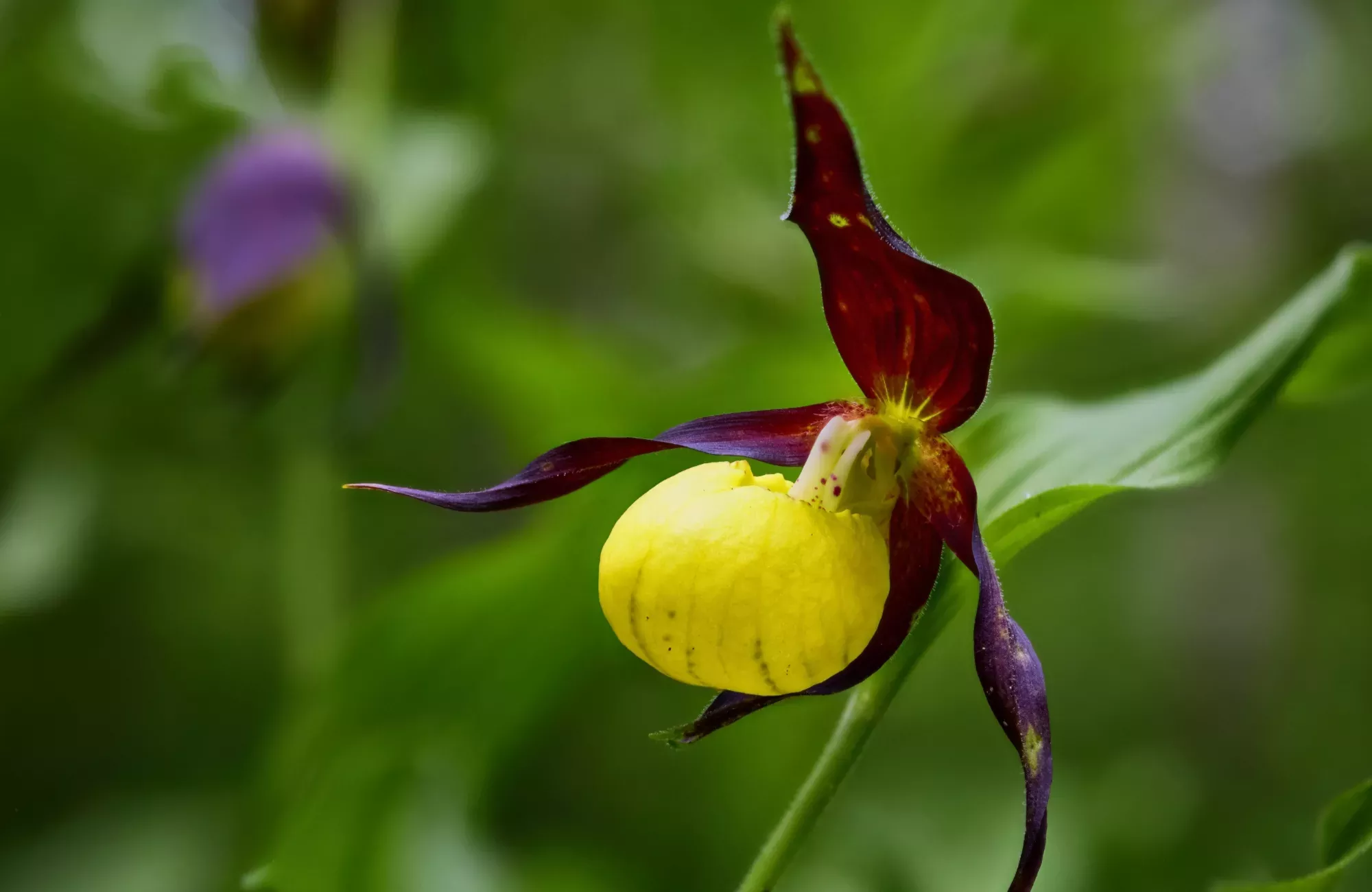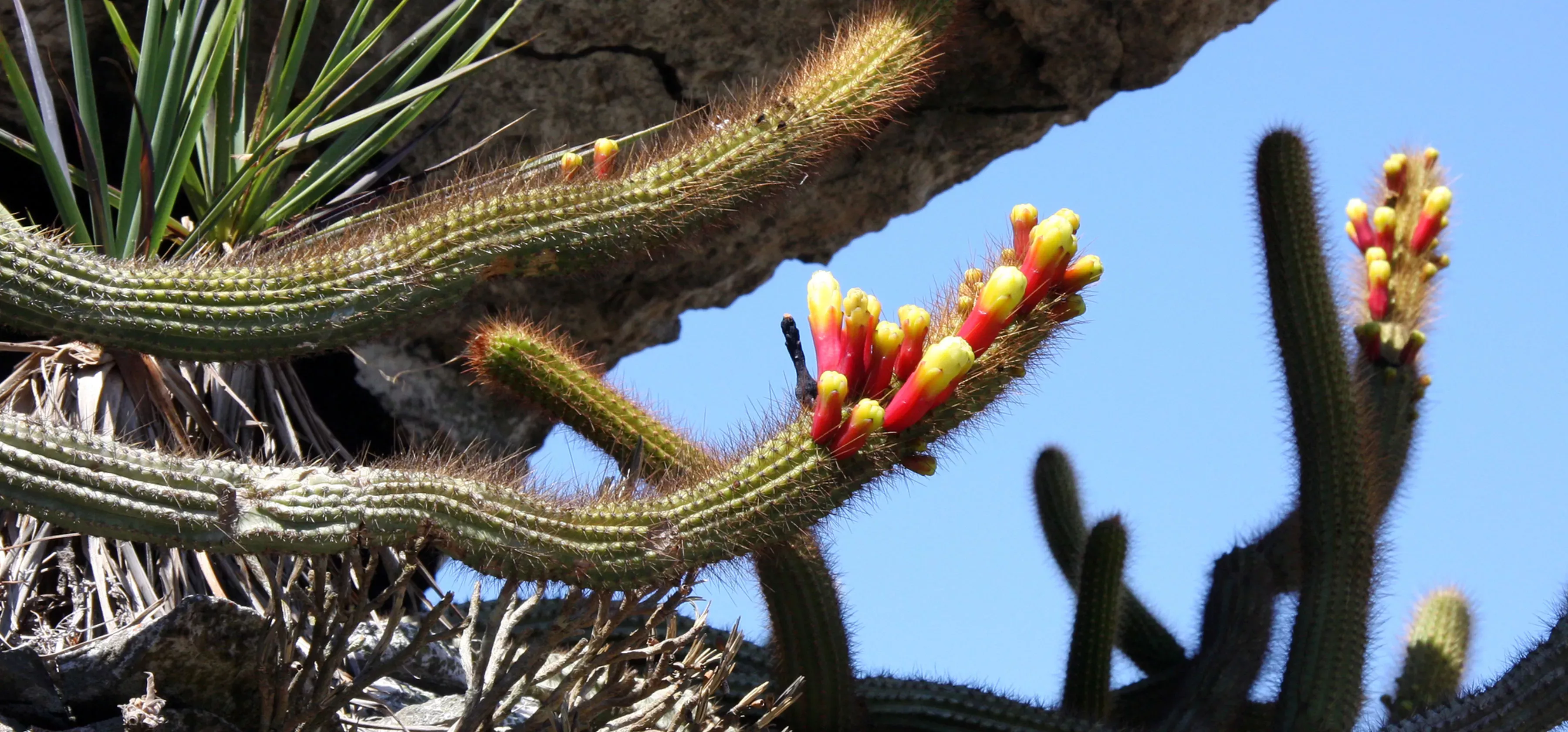16 October 2022
CITES COP19 explained: What is it and why is it important?
What is CITES COP19 and why are our scientists attending?

Many are aware of the approaching UN Climate COP27 conference and others perhaps have at least heard of the UN Biodiversity COP15 held in December, but few will recognise CITES COP19.
The clue, ‘CITES’, is in the name, so it’s worth explaining this first.
What is CITES?
CITES (Convention on International Trade in Endangered Species of Wild Fauna and Flora) is a global policy helping to fight the extinction crisis through wildlife trade regulations. The policy advocates for the sustainable use of wildlife and conservation of wild species.
There are around 38,700 species protected by CITES which includes roughly 5,950 species of animals and 32,800 species of plants.
Plants and their products are regulated in international trade for uses such as health care, timber, ornamental use, furniture, food and cosmetics. Species are listed on one of three Appendices (I, II or III), with trade in those listed on Appendix I the most tightly regulated.

What is CITES COP19?
The 19th meeting of the Conference of the Parties to the Convention on International Trade in Endangered Species of Wild Fauna and Flora (CITES COP19) is taking place in Panama City, Panama on 14 November to 25 November 2022.
CITES has 184 signatories (called Parties) who will collectively meet to review the progress of species conservation, amend CITES regulations and review the challenges and success of implementing the legislation. A CITES COP is usually held every three years and is a critical meeting for wildlife conservation. The agenda covers a wide range of topics, from policy-related topics to more specific species issues.
Why is Kew going?
Kew is the UK CITES Scientific Authority for Flora, and we provide scientific advice to the CITES Management Authority for the UK (DEFRA, the Department for Environment, Food and Rural Affairs) for CITES listed plants or plant products coming into or leaving the UK.
We will be going to CITES COP19 as part of the UK delegation to provide advice on all plant related topics alongside colleagues from DEFRA, JNCC (the UK Scientific Authority for Fauna) and Border Force.
What will happen at CITES COP19?
At each CITES COP, parties can propose adding species to the CITES Appendices to ensure there is sustainable trade, propose removal of species from CITES appendices or request movement of a species between Appendix I or II. Each of the 184 Parties reviews the proposals and decides if they support the proposal, suggest amendments or oppose it. At CITES COP19 there are 52 proposals in total, with 10 concerning plants.
There are six plant proposals to add extra species or genera to CITES Appendix II due to concerns of overharvesting or their similarity to species which are threatened by overharvesting.
Most of these are for tropical trees whose timber is used for furniture, construction and musical instruments, and one herb Rhodiola spp. (rose root) which is used for herbal medicine. Afzelia (Pod mahogany), Khaya (African Mahogany) and Pterocarpus (Rosewood or Padauk) are all trees from tropical Africa, whereas Handroanthus spp., Roseodendron spp. and Tabebuia spp. (Trumpet trees) and Dipteryx spp. (Cumaru) are from tropical America.

There are also plant proposals to remove a species (Indian rosewood, Dalbergia sissoo) from Appendix II, one proposal to move a species to Appendix I from II (Brazil wood or Pernambuco, Paubrasilia echinata) and two proposals concerning amending plant annotations (annotations are short notes to specify what plant part or product is included or excluded from CITES regulations).
As well as the species proposals at the CITES COP, discussions also take place to review strategic matters (for example, reports from the CITES plant committee or a review of CITES work on tree species), interpretation and implementation matters (for example, significant trade reviews or reports on wildlife crime and illegal trade) and species-specific matters (for example, reports on agarwood producing species, Frankincense (Boswellia), rosewoods and plant and animal nomenclature).
The provisional agenda includes over 90 topics, an ambitious amount to cover in a fortnight.
Will Kew be at any CITES COP19 side events?
Side events run every day at CITES COP during breaks of the formal meetings and allow parties, Non-Government Organisations (NGOs) or the CITES Secretariat to give talks or run workshops on focused topics. Kew will be involved in three side events:
CITES Dalbergia checklist
15 November 2022, 12.15 - 14.00 Room: Istmo 1
At this side event hosted by Kew and the CITES Secretariat the new Dalbergia CITES checklist will be presented. Invited speakers will talk about the importance of CITES checklists, their use in enforcement, explain the methodology to produce the checklist, conservation of Dalbergia and taxonomy of the genus globally and in Madagascar.
Saving plants that save lives: risks and opportunities of trade in medicinal and aromatic plants
16 November 2022, 17:15 - 19:00, Room: Caribe 5
Kew will be an invited speaker at this side event hosted by TRAFFIC to discuss authentication challenges and managing species adulteration along with the Medicinal Plants Name Service. Trade in wild plants underpins healthcare, industries and livelihoods. Many of these species are at risk from increasing demand and lack of sustainability considerations.
9-Step Guidance for Plant Non-Detriment Findings (NDFs)
21 November, 19:00 – 21:00, Room: Caribe 5
A Non-Detriment Finding (NDF) is a risk-based assessment conducted by a Scientific Authority to ensure the export of specimens of a particular species will not impact negatively on the survival of that species in the wild. New capacity-building tools through e-learning are available to implement the 9-Step Guidance for making Non-Detriment Findings for Perennial Plants and Timber species. Kew will be providing their experience on using the nine-step non-detriment finding guidance.

What else will Kew do at CITES COP19?
Kew and collaborators have prepared two CITES species checklists on Dalbergia (rosewoods) and Orchids for consideration at CITES COP19. CITES checklists provide a list of all the names of a group of plants and are used by enforcement and CITES management authorities to track trade and follow CITES regulations.
Kew has also been involved in research on two topics which will be presented as working documents at CITES COP19 - a review of edible orchids found in trade and the history and challenges of agarwood and CITES.
Working document 1: Edible orchids
Orchids are used for food, medicine, cosmetics, and ornamental purposes. Due to the enormity of orchid collections, compiling a list of all orchids in trade has been difficult.
The primary aim of this study was to review the international trade in, and conservation impacts of, food products containing orchid specimens. The report is linked to CITES working document 86 and will be discussed at CITES COP19.
Working document 2: Agarwood
Agarwood or Oud is one of the world’s most valuable plants and is important for religious and culturally practices, particularly in the Middle East and Asia. Wood chips are burnt for their strong fragrance and the extracted oil is used to make perfumes and cosmetics. It is also used for herbal medicine and wood carvings.
Two of the agarwood producing genera Aquilaria and Gyrinops are listed in CITES Appendix II. These trees normally have pale wood but in response to injury or attack by fungi or bacteria the wood turns black and resinous, producing the strong fragrance that agarwood is famous for.
The UK has submitted to CITES COP19 a review of the history of agarwood in CITES and proposed some recommendations for future research to improve our understanding of agarwood taxonomy, conservation and trade.

